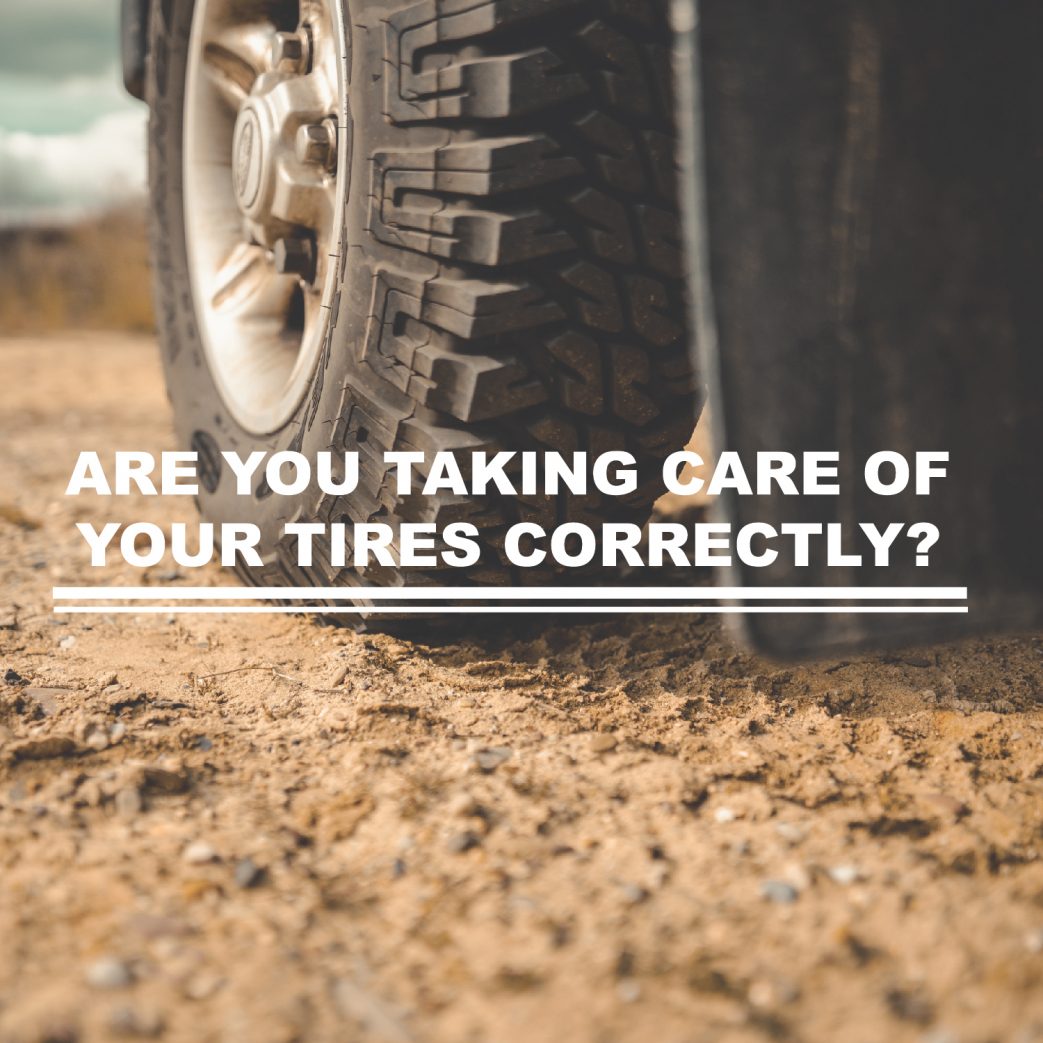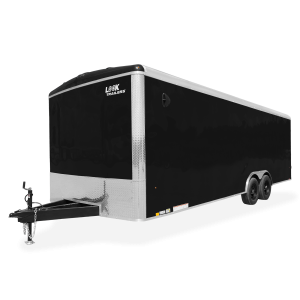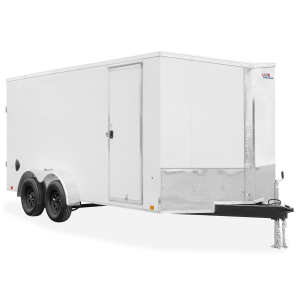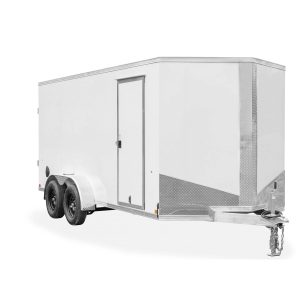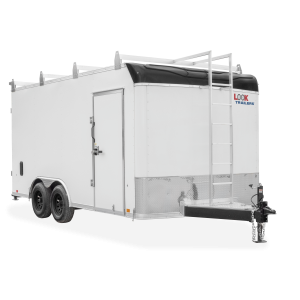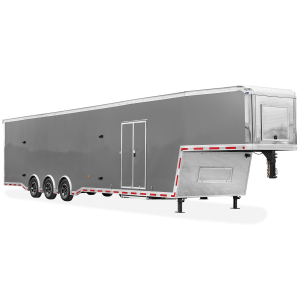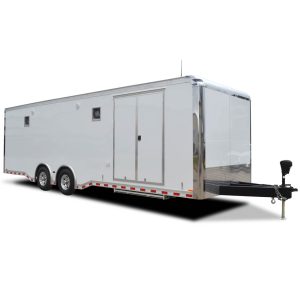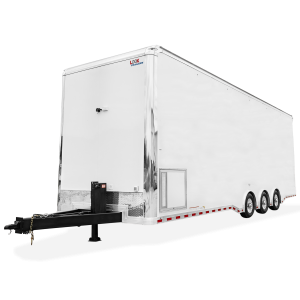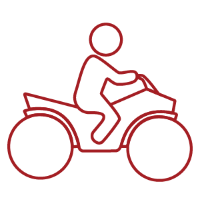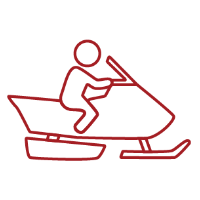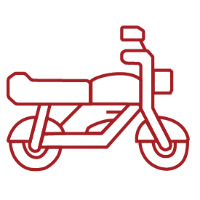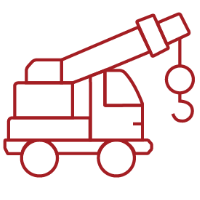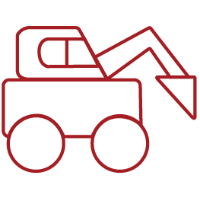 For the safety of you and your cargo, and to protect your cargo trailer, Look Trailers recommends that you keep your tires in top condition. With the following tire maintenance tips, you can drive safely and avoid or delay potentially expensive repairs and tire replacements.
For the safety of you and your cargo, and to protect your cargo trailer, Look Trailers recommends that you keep your tires in top condition. With the following tire maintenance tips, you can drive safely and avoid or delay potentially expensive repairs and tire replacements.
Maintain Proper Tire Pressure
Keeping your tires inflated to the proper level saves on wear and tear and improves performance and gas mileage. So, it’s important to regularly check the tires’ pressure following these simple steps:
- Locate the recommended tire pressure on the vehicle’s tire information placard, certification label, or in the owner’s manual.
- Record the tire pressure of all tires.
- If the tire pressure is too high in any of the tires, slowly release air by gently pressing on the tire valve stem with the edge of your tire gauge until you get to the correct pressure.
- If the tire pressure is too low, note the difference between the measured tire pressure and the correct tire pressure. These “missing” pounds of pressure are what you will need to add.
- At a service station, add the missing pounds of air pressure to each tire that is underinflated.
- Check all the tires to make sure they have the same air pressure (except in cases in which the front and rear tires are supposed to have different amounts of pressure).
- If you have been driving your vehicle and think that a tire is underinflated, fill it to the recommended cold inflation pressure indicated on your vehicle’s tire information placard or certification label. While your tire may still be slightly underinflated due to the extra pounds of pressure in the warm tire, it is safer to drive with air pressure that is slightly lower than the vehicle manufacturer’s recommended cold inflation pressure than to drive with a significantly underinflated tire.
- Since this is a temporary fix, don’t forget to recheck and adjust the tire’s pressure when you can obtain a cold reading.
Tire Size Matters
To maintain tire safety, purchase new tires that are the same size as the vehicle or trailer’s original tires or another size recommended by the manufacturer. Look at the tire information placard, the owner’s manual, or the sidewall of the tire you are replacing to find this information. If you have any doubt about the correct size to choose, consult with the tire dealer.
Tread Carefully
The tire tread provides the gripping action and traction that prevents your vehicle from slipping or sliding, especially when the road is wet or icy. In general, tires are not safe and should be replaced when the tread is worn down to 1/16 of an inch. Tires have built-in tread wear indicators that let you know when it is time to replace your tires. These indicators are raised sections spaced intermittently in the bottom of the tread grooves. When they appear “even” with the outside of the tread, it is time to replace your tires. Another method for checking tread depth is to place a penny in the tread with Lincoln’s head upside down and facing you. If you can see the top of Lincoln’s head, you are ready for new tires.
Balance and Align
To avoid vibration or shaking of the vehicle or cargo trailer when a tire rotates, the tire must be properly balanced. This balance is achieved by positioning weights on the wheel to counterbalance heavy spots on the wheel-and-tire assembly. A wheel alignment adjusts the angles of the wheels so that they are positioned correctly relative to the vehicle’s frame. This adjustment maximizes the life of your tires. Note: These adjustments require special equipment and should be performed by a qualified technician.
Repair When Necessary
The proper repair of a punctured tire requires a plug for the hole and a patch for the area inside the tire that surrounds the puncture hole. Punctures through the tread can be repaired if they are not too large, but punctures to the sidewall should not be repaired but replaced. Tires must be removed from the rim to be properly inspected before being plugged and patched.
Damage Prevention and Maintenance Checklist
Damage most often occurs to your tires when they scrape or bang against a solid or rough object. You can avoid damage most of the time if you:
- Slow down if you have to go over a pothole or other object in the road.
- Do not run over curbs or other foreign objects in the roadway and try not to strike the curb when parking.
Tire Safety Checklist
- Check tire pressure regularly (at least once a month), including the spare.
- Inspect tires for uneven wear patterns on the tread, cracks, foreign objects, or other signs of wear or trauma.
- Remove bits of glass and foreign objects wedged in the tread.
- Make sure your tire valves have valve caps.
- Check tire pressure before going on a long trip.
- Do not overload your vehicle. Check the Tire Information and Loading Placard or User’s Manual for the maximum recommended load for the vehicle.
If you have questions about your cargo trailer’s tire maintenance, your local Look Trailers dealer will be happy to help you.

